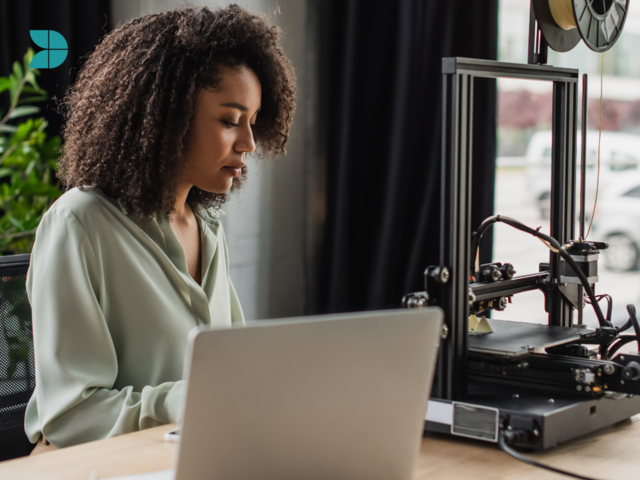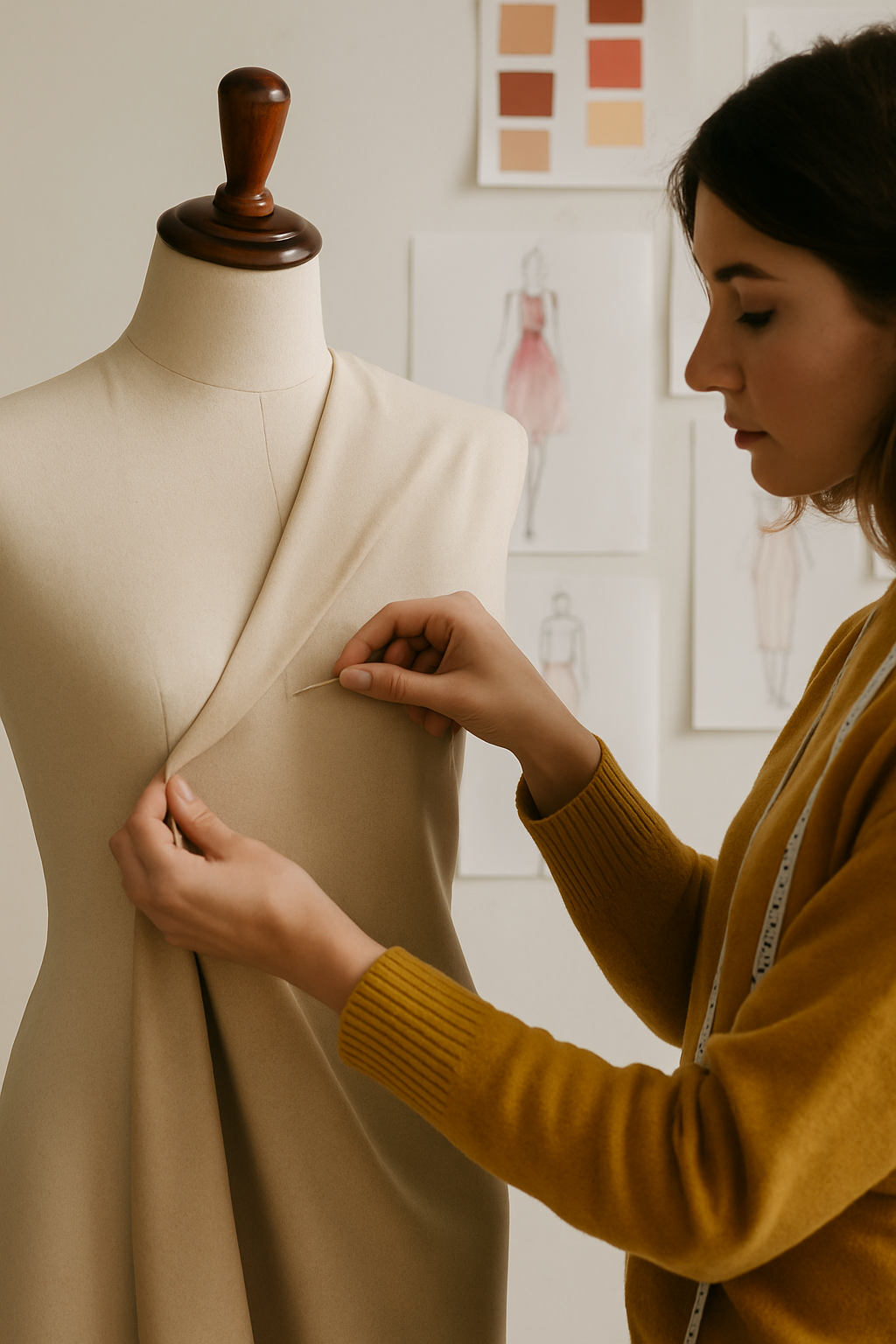From design and production to marketing and retail, technology has made its mark on the fashion industry. With the advent of online shopping, social media, and virtual try-on technology, the way in which people pursue and purchase fashion has changed exponentially. Technology has also allowed for the creation of new fabrics and techniques leading to the development of innovative and sustainable fashion. Explore the ways in which technology is shaping the fashion world.

Technology has had a significant impact on the fashion industry in recent years
Technological advancements have made room for the creation of new materials and techniques in both design and production processes. This has led to the development of innovative fashion designs and the use of more sustainable materials.
Online shopping and social media have revolutionized the way we discover and purchase fashion. While virtual try-on technology has transformed how we select what we buy, the entire shopping experience is now a potentially irreversible departure from the dominance of high street retail.
Technology has also played a major role in the marketing of fashion. Social media platforms have become essential tools for fashion brands to showcase their products and engage with customers.
Overall, technology has had a significant impact on the fashion industry, shaping the way we create, consume, and market fashion.
Online shopping and social media in the fashion industry
The rise of e-commerce has revolutionized the way we shop making it easier and more convenient to purchase clothing and accessories from anywhere in the world. This has had a significant impact on traditional brick-and-mortar stores which have been forced to adapt in order to compete with online retailers.
Social media has also become an essential tool for fashion brands to showcase their products and engage with customers. Instagram, in particular, has become a key platform for fashion marketing including the embrace of influencer marketing. This is where individuals with a large following on social media are paid to promote and endorse products.
Overall, online shopping and social media have significantly changed the way we consume fashion while shaping how brands market their products.

The role of social media in fashion marketing and trendsetting
The visual impact of Instagram in particular, has made it a key platform for fashion marketing, with brands using it to share images of their products and engage with followers. This allows brands to reach a large audience quickly and easily, while tracking the success of their marketing efforts through metrics such as likes, comments, and shares. Influencer marketing has also proved to be an effective way for fashion brands to reach a targeted audience and increase the visibility of their products.
In addition to marketing, social media has also played a role in trendsetting within the fashion industry. Influencers have been known to shape fashion trends through their online presence. This has led to shifts in trends that may not have gained traction in the past, and has given individuals more power to pioneer and to shape fashion trends.
Overall, social media has become a crucial tool for fashion brands to market their products and engage with customers while playing the essential role of setting trends within the industry.
Virtual try-on technology
Virtual try-on technology has already transformed the entire shopping experience for many. By using augmented reality or 3D modeling, consumers can virtually try on clothing and accessories to see how they look before making a purchase. This technology has a number of benefits for both consumers and retailers.
For consumers, virtual try-on technology provides a convenient low risk way to shop. It allows customers to try on items without physically visiting a store while aiding an informed decision on their purchase. It can also save customers time and money, as it eliminates the need to travel to and from the store.
For retailers, virtual try-on technology can improve the shopping experience for customers and potentially lead to increased sales. It can also help to reduce the amount of returns as customers can judge an item before making a purchase.
Virtual try-on technology has the potential to revolutionize the fashion shopping experience benefitting both consumers and retailers.

The use of technology in the development of new materials and techniques
There are numerous innovations in fashion design that are a direct result of advancements in technology. Here are a just a few examples:
3D printed clothing and accessories: 3D printing has allowed designers to create complex and intricate designs that would not have been possible using traditional manufacturing methods.
Biodegradable plastic clothing: Technology has enabled the creation of biodegradable plastics, which can be used to create clothing and accessories that are more sustainable and environmentally friendly.
Recycled materials: Technology has allowed for the creation of recycled materials, such as recycled polyester and recycled plastic, which can be used to create clothing and accessories that are more sustainable.
Digital prints: Digital printing allows for the creation of custom prints on fabric, allowing designers to create unique and eye-catching designs.
Laser cut clothing and accessories: Laser cutting allows for precise and intricate cuts to be made on a variety of materials, allowing designers to create intricate and complex designs.
Overall, technology has enabled the development of new materials and techniques in the fashion industry, leading to the creation of innovative and sustainable fashion designs.
Sustainable fashion
The use of technology in textiles has allowed for more environmentally friendly techniques as well as more sustainable production processes. For example, some fashion brands have implemented 3D design software, which allows for virtual prototyping and reduces the need for physical samples, thereby reducing waste and energy usage.
Biodegradable plastics and recycled materials are two sustainable fashion methods already mentioned but there are also waterless dyeing techniques where less water and fewer chemicals are used therefore producing less waste. Virtual prototyping is also a newly implemented eco-friendly method where 3D design software reduces the need for physical samples, thereby reducing waste and energy usage.
Technology has played a significant role in promoting sustainability in the fashion industry, enabling the creation of more circular fashion through the use of new materials, techniques, and production processes. There is great potential for future technological advancements in the fashion industry. It will be exciting to see how technology continues to shape the way we create, consume, and experience fashion.
Read more about fashion trends, tips and tricks.
If you want to take your skills to the next level or just want to learn the basics. Have a look at our fashion design courses.

